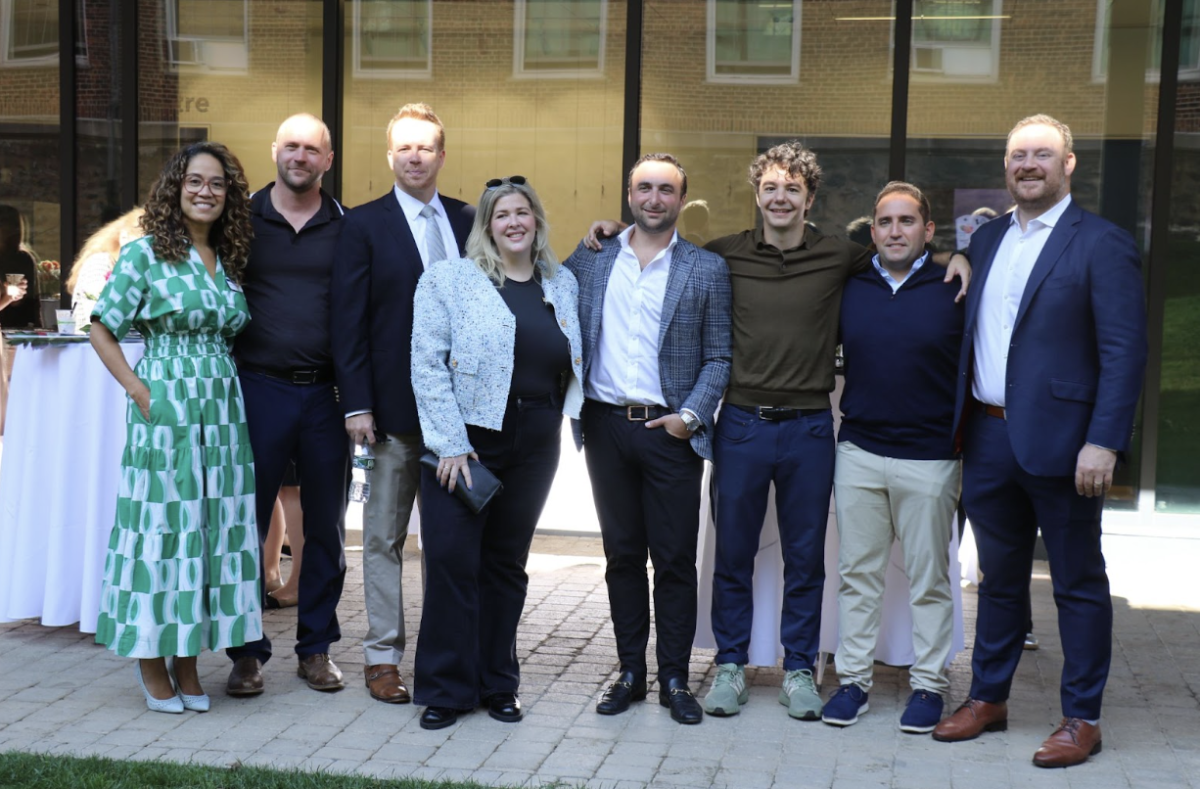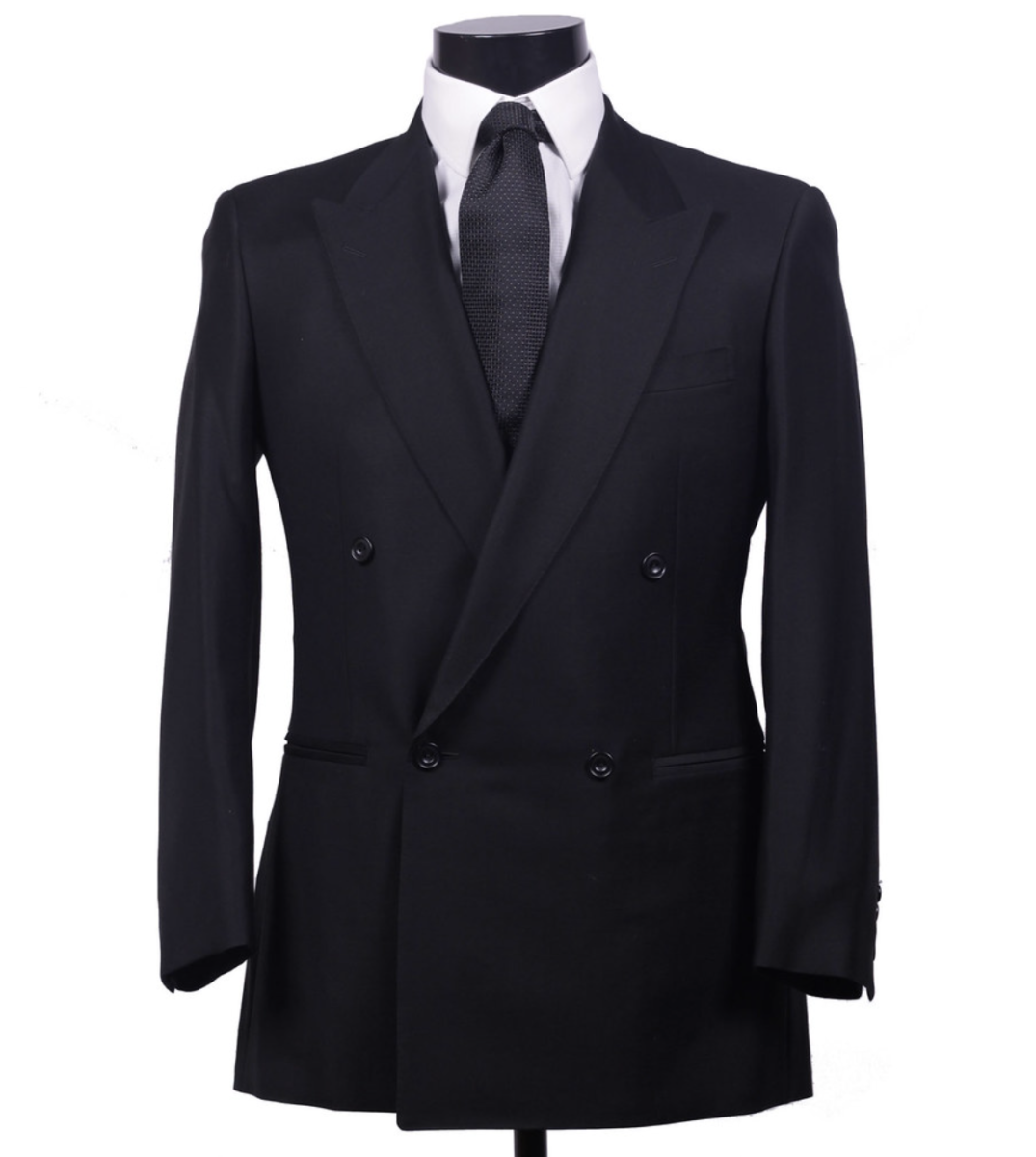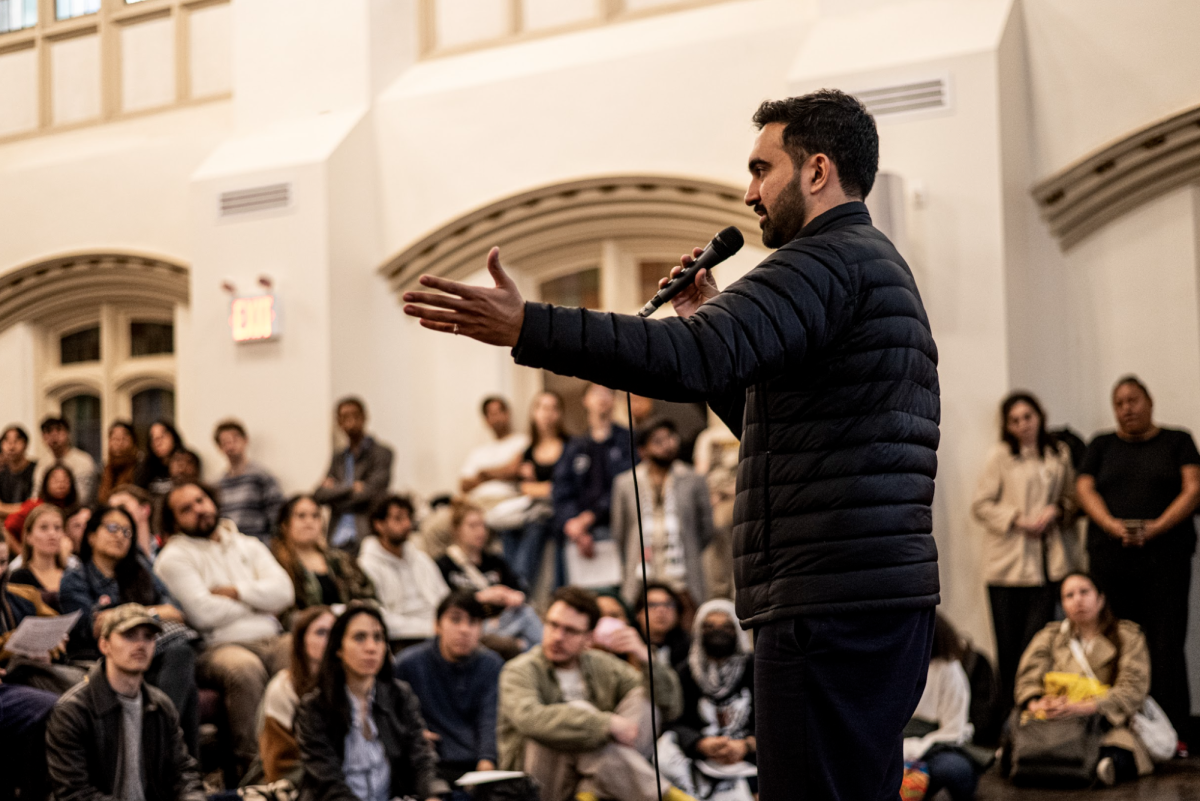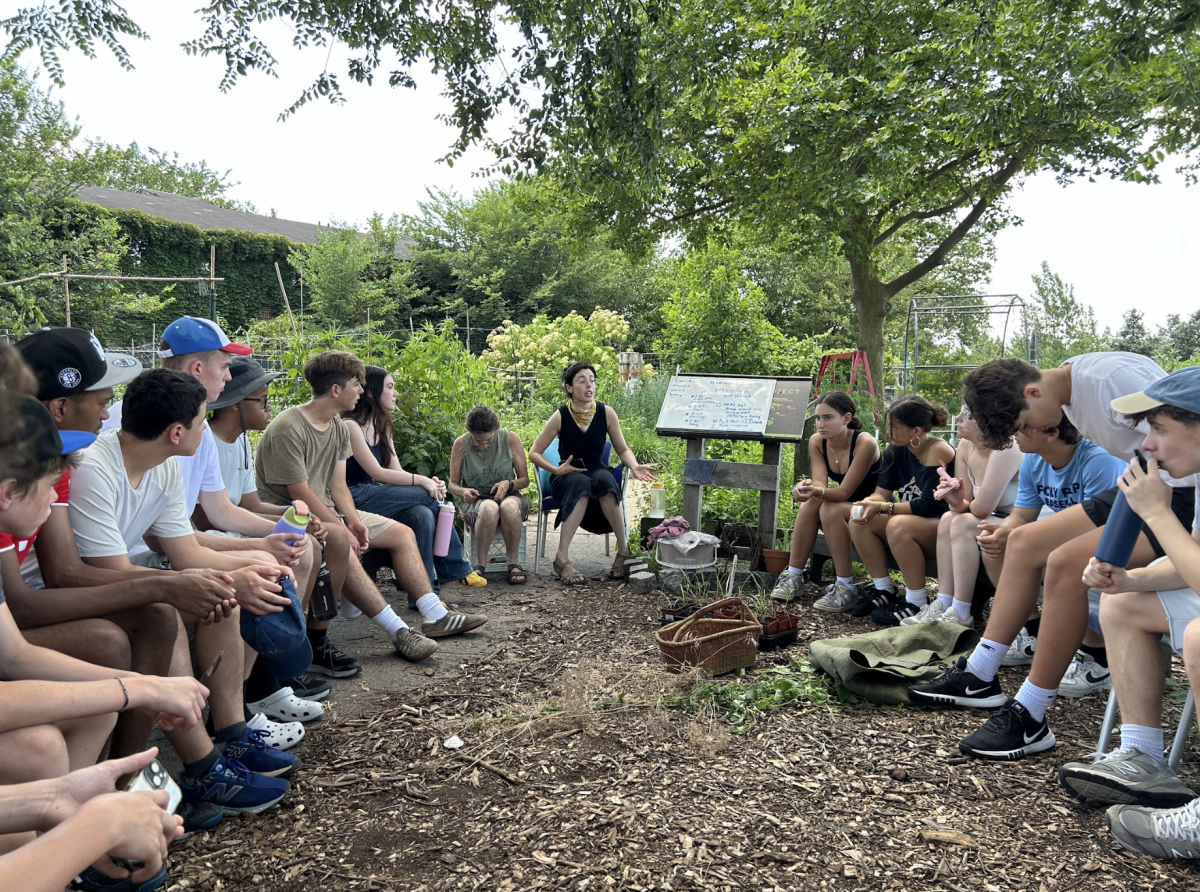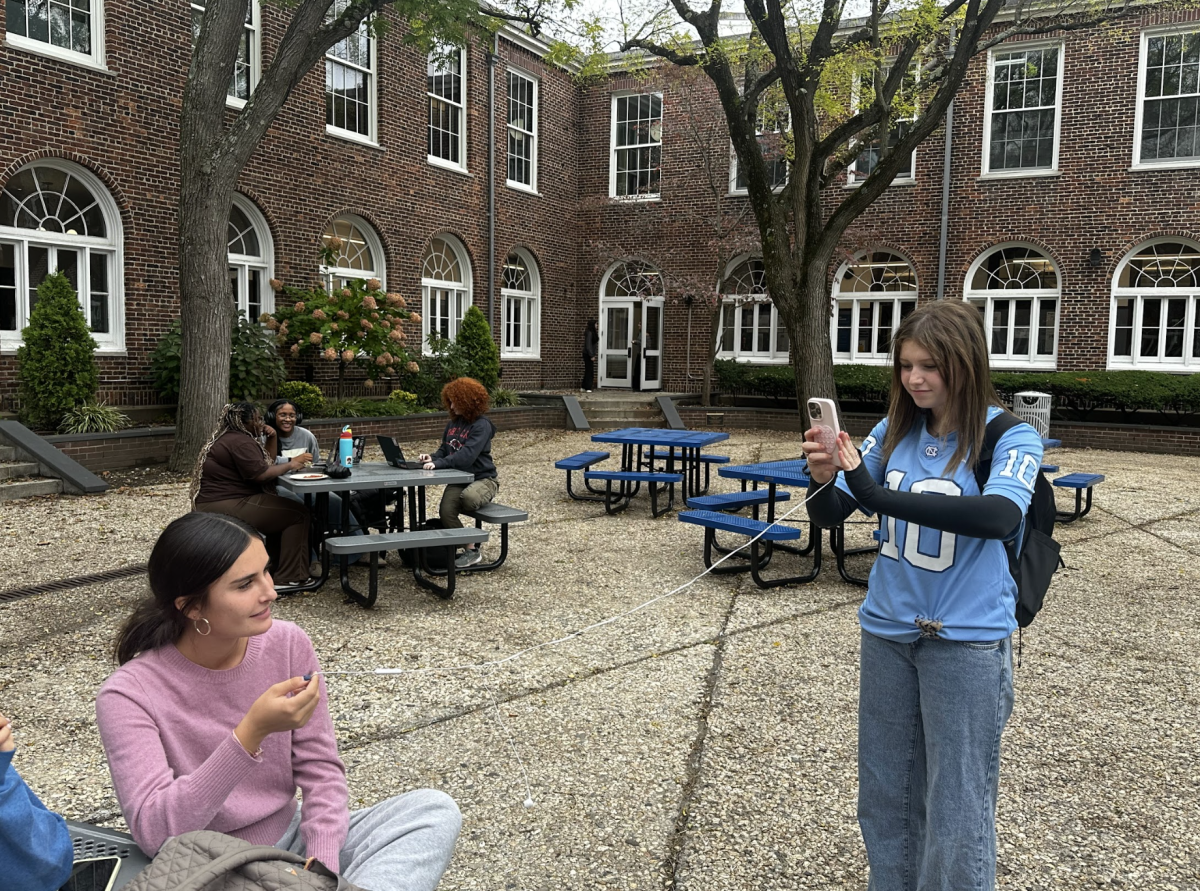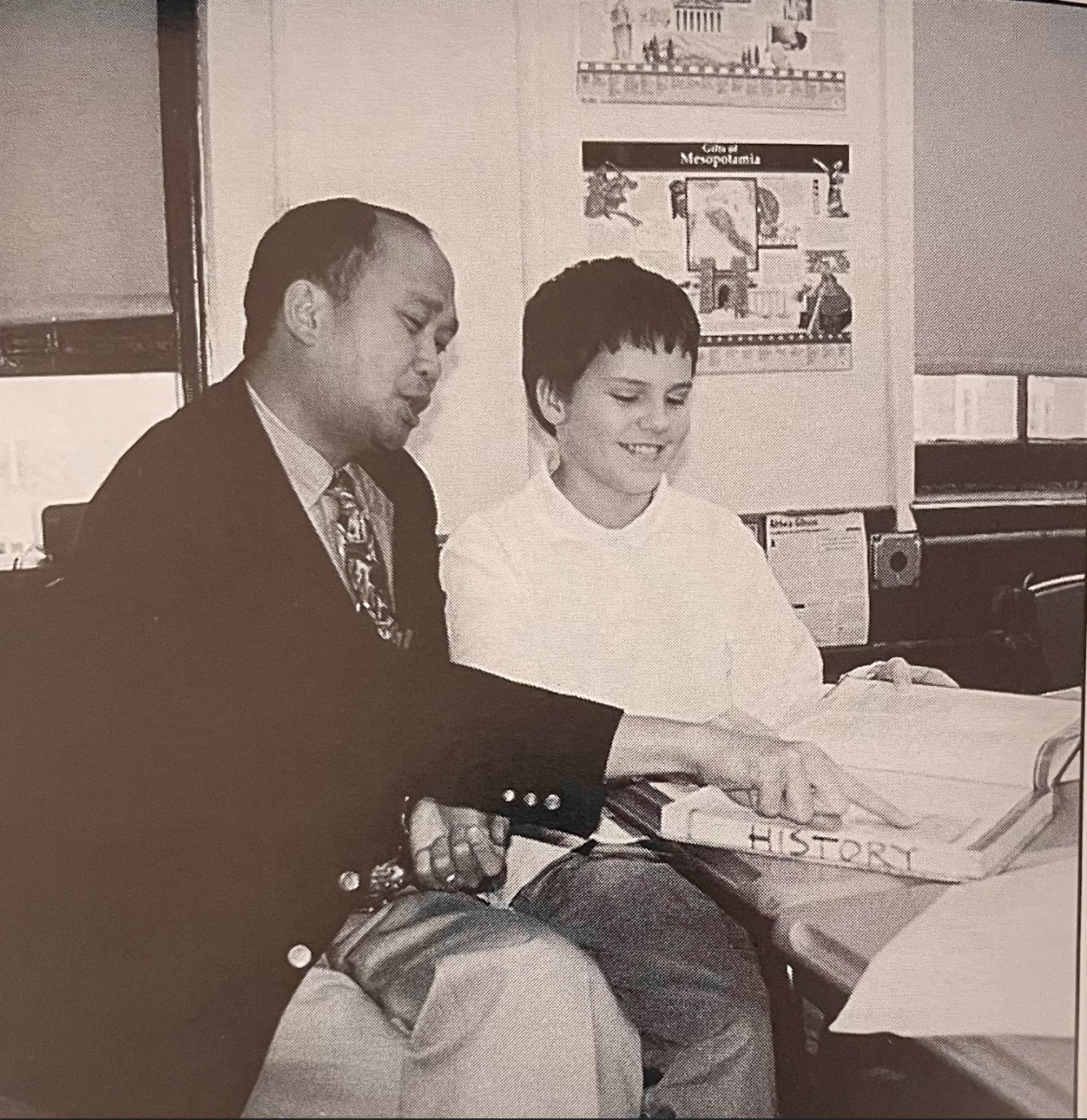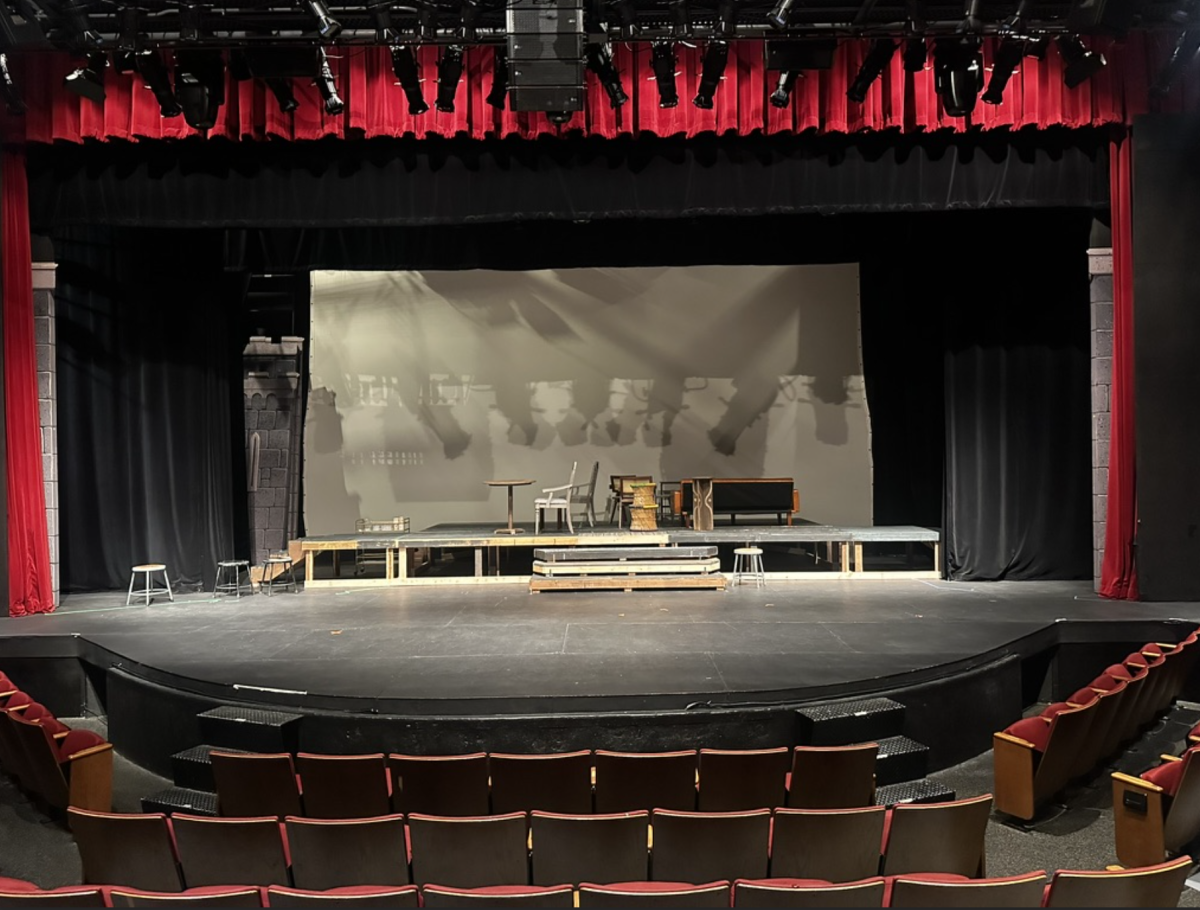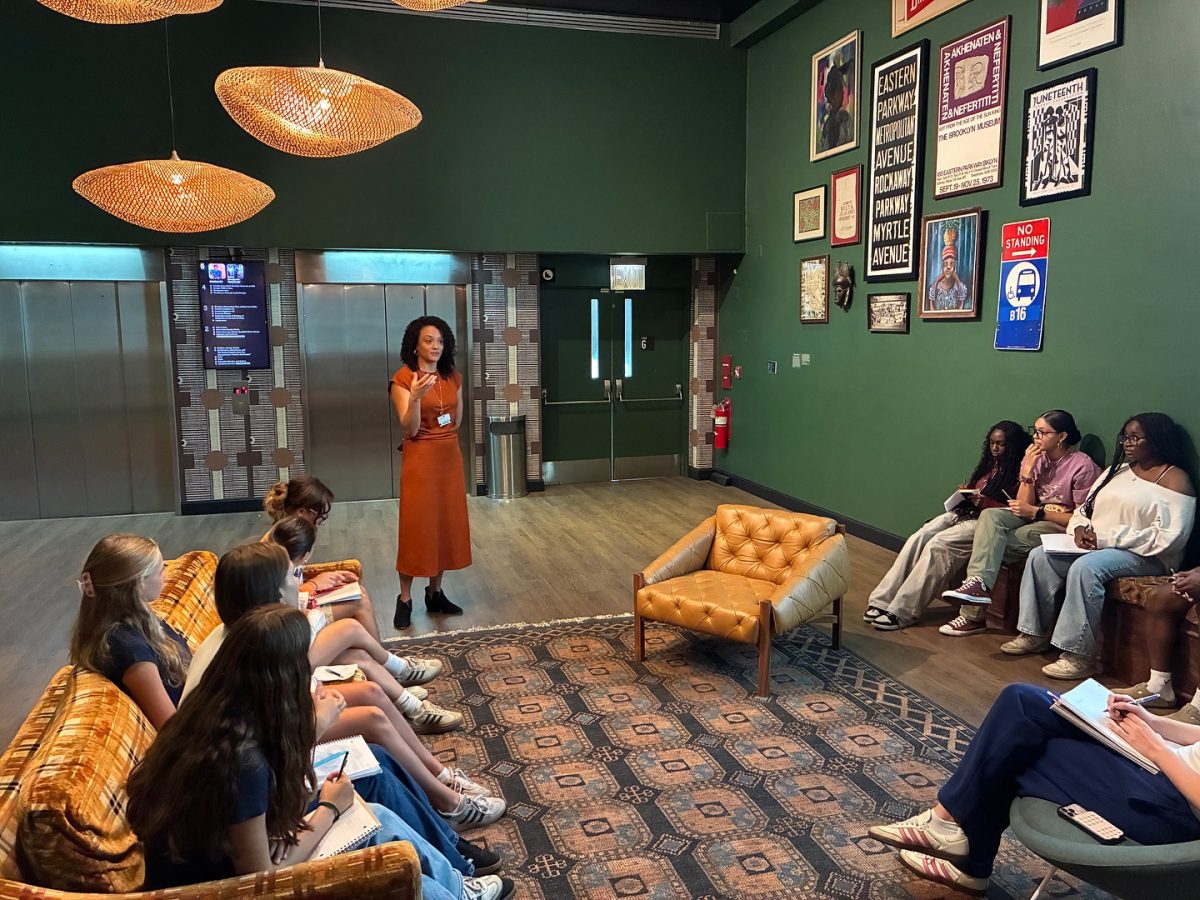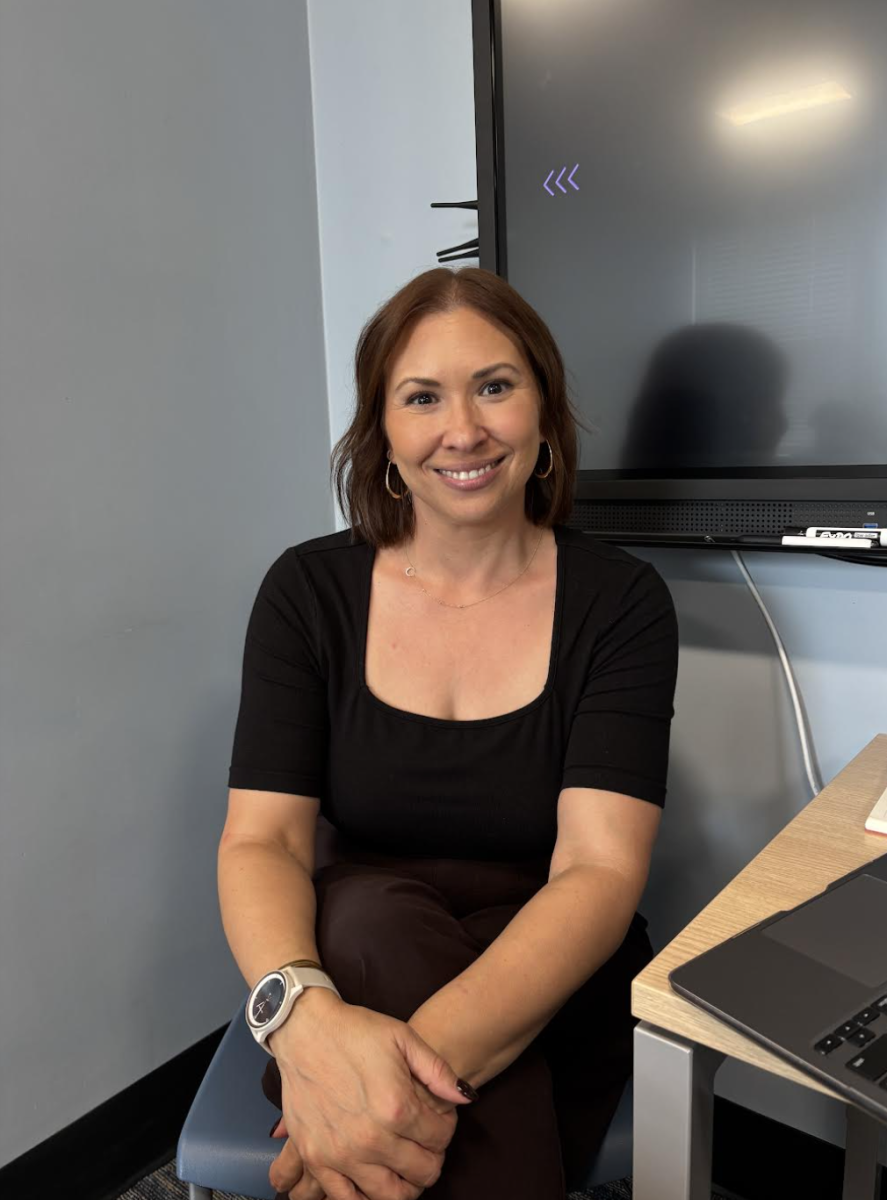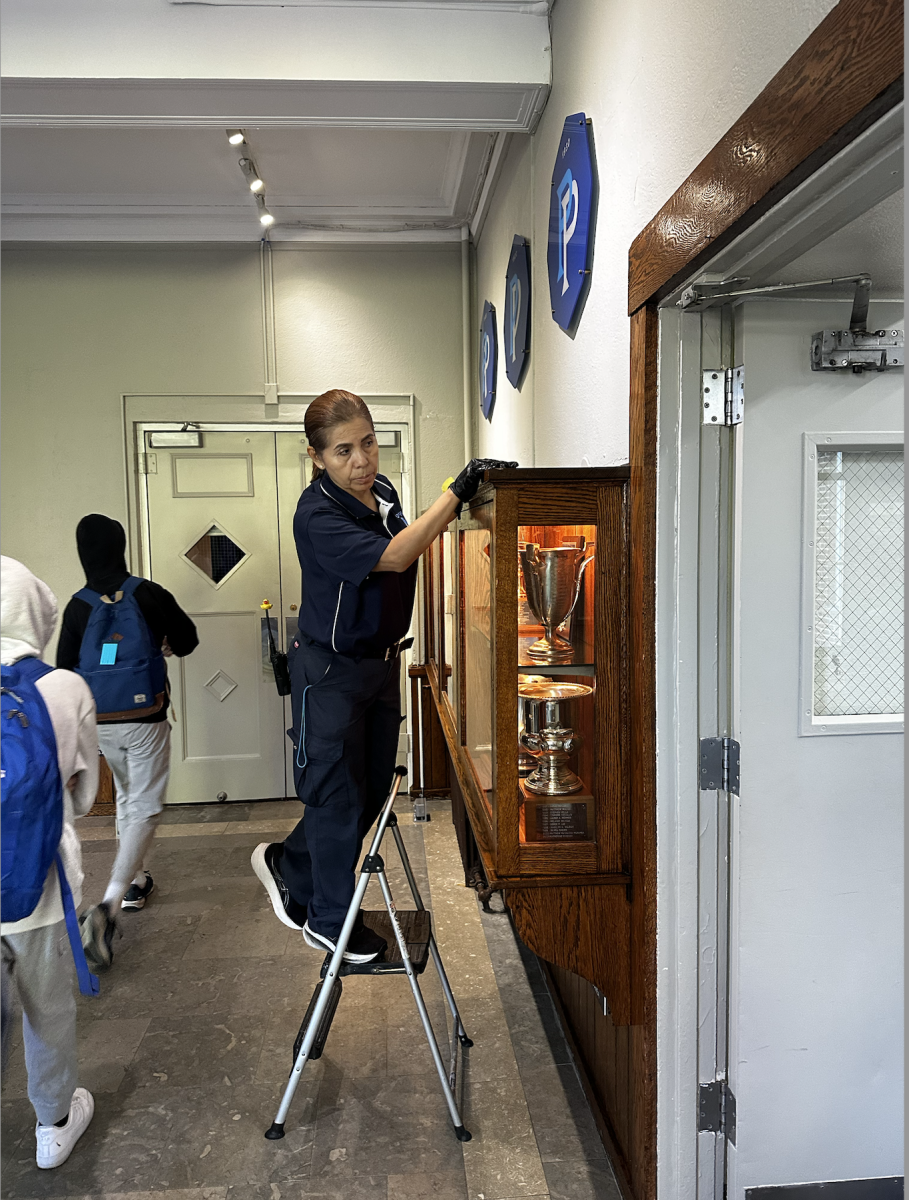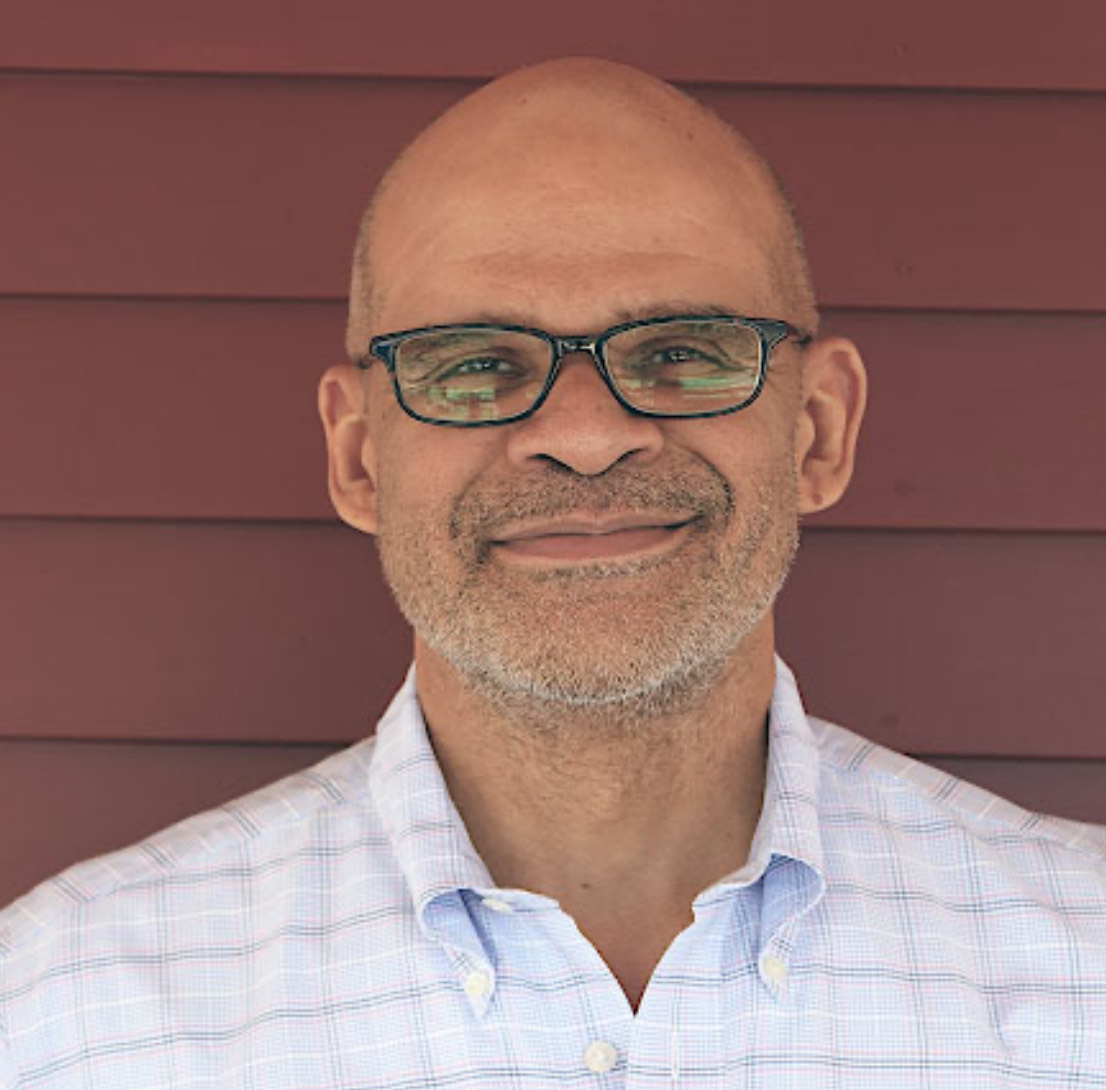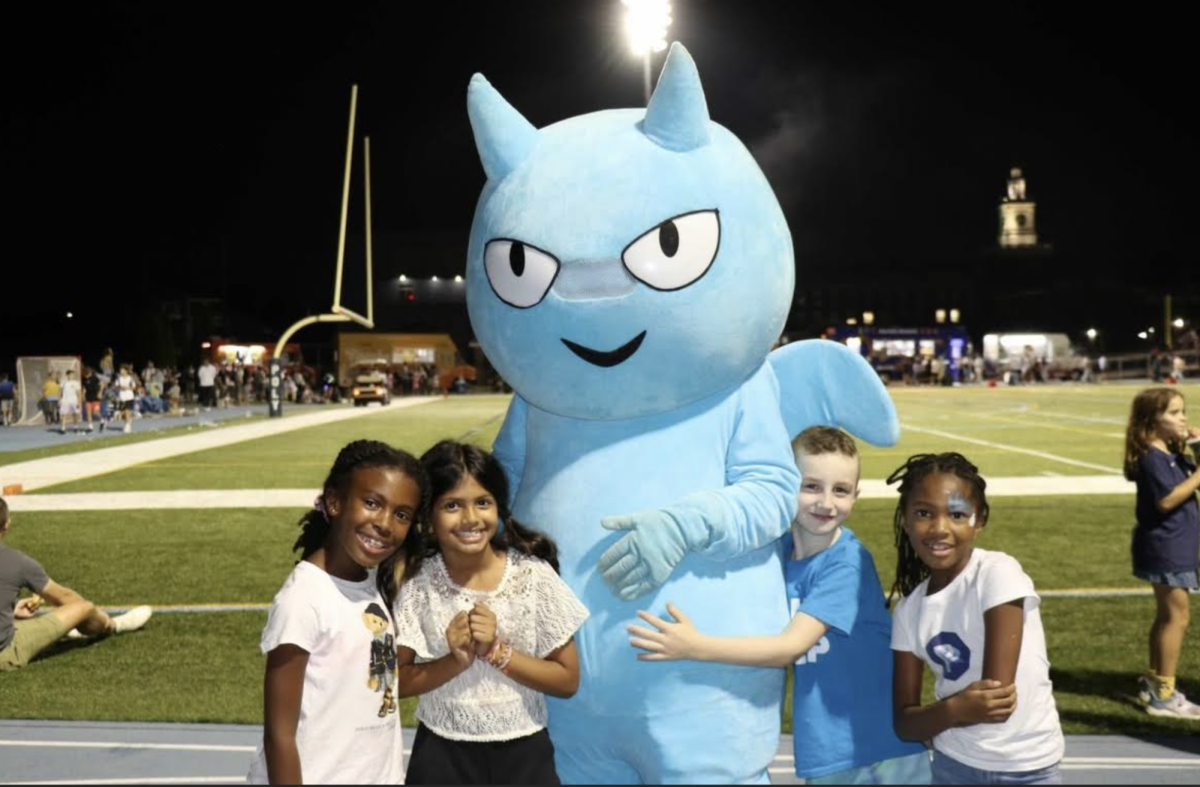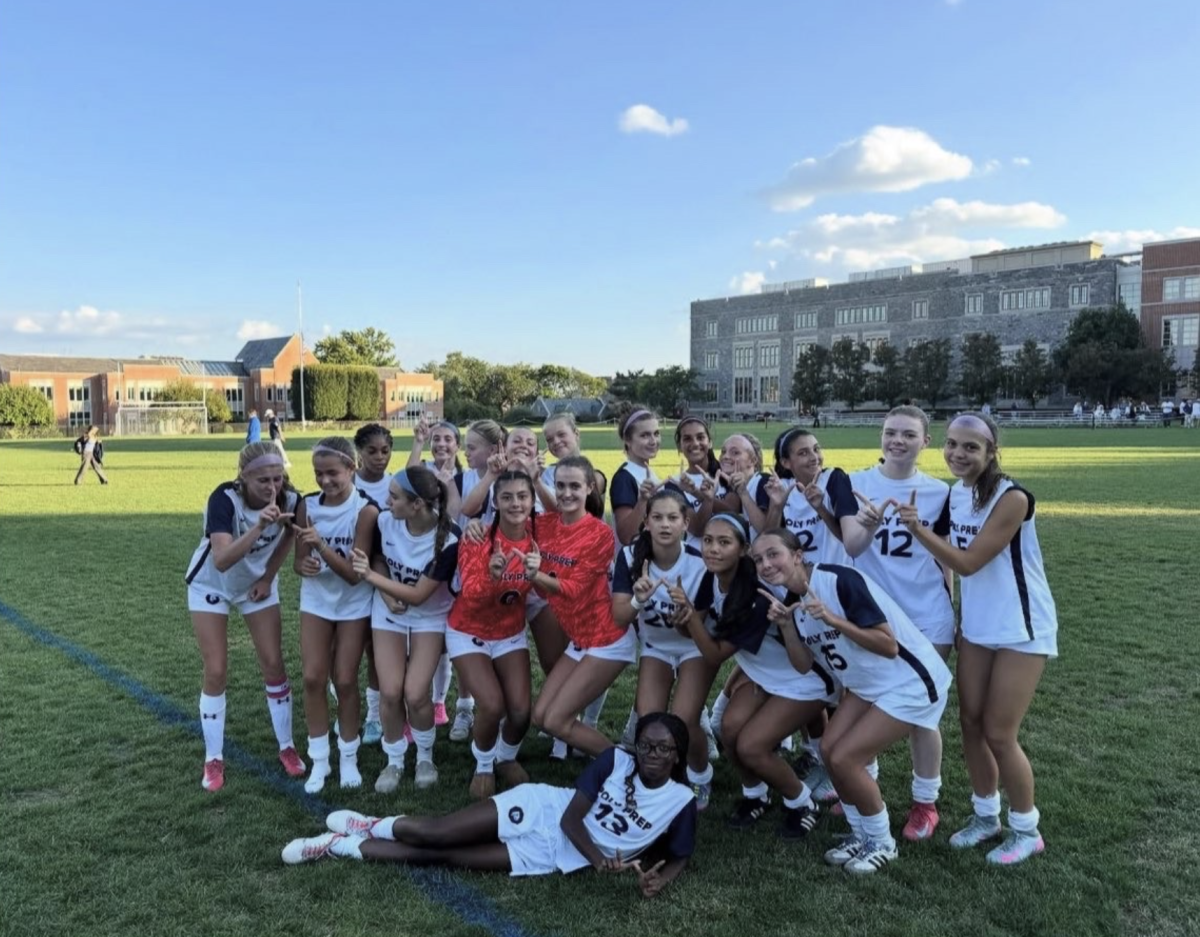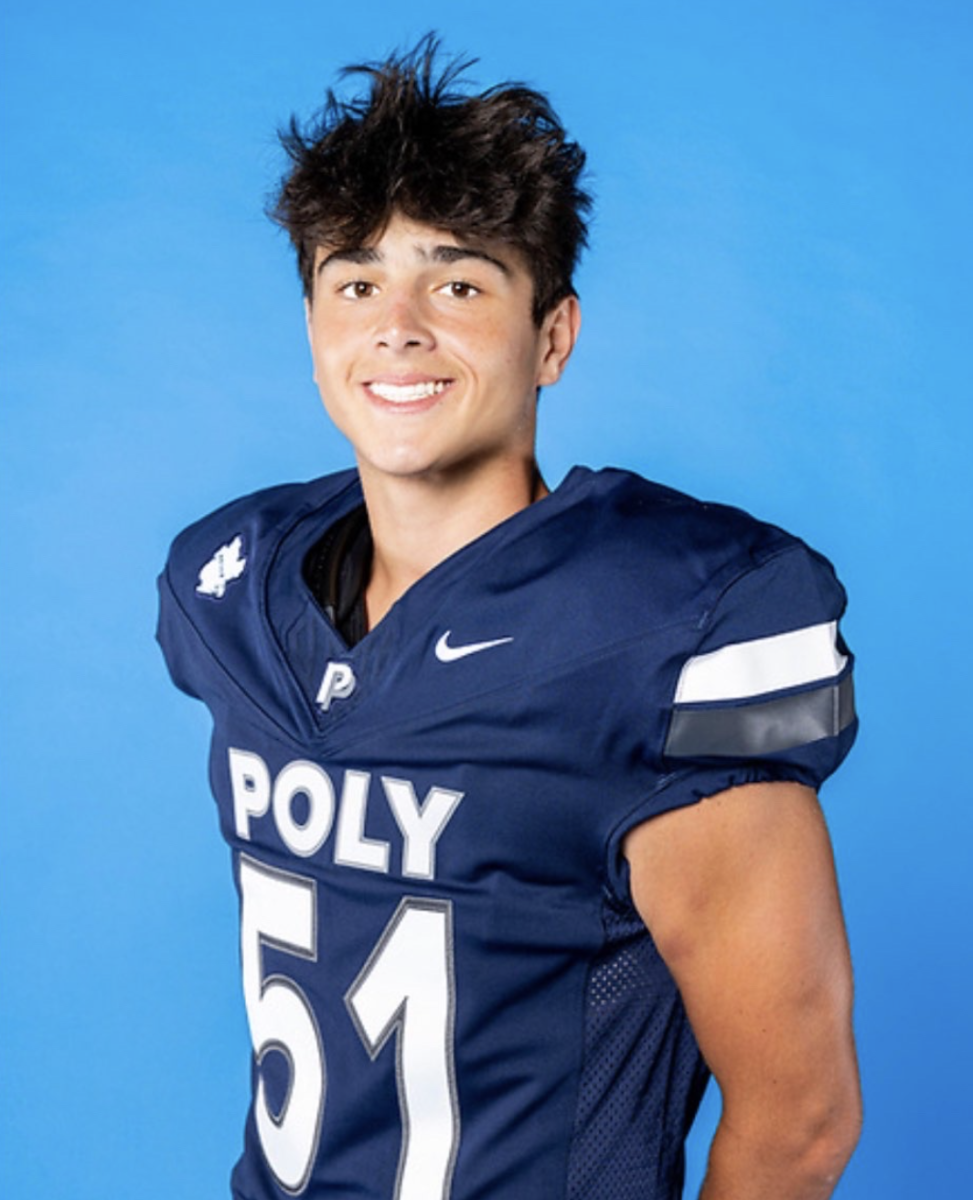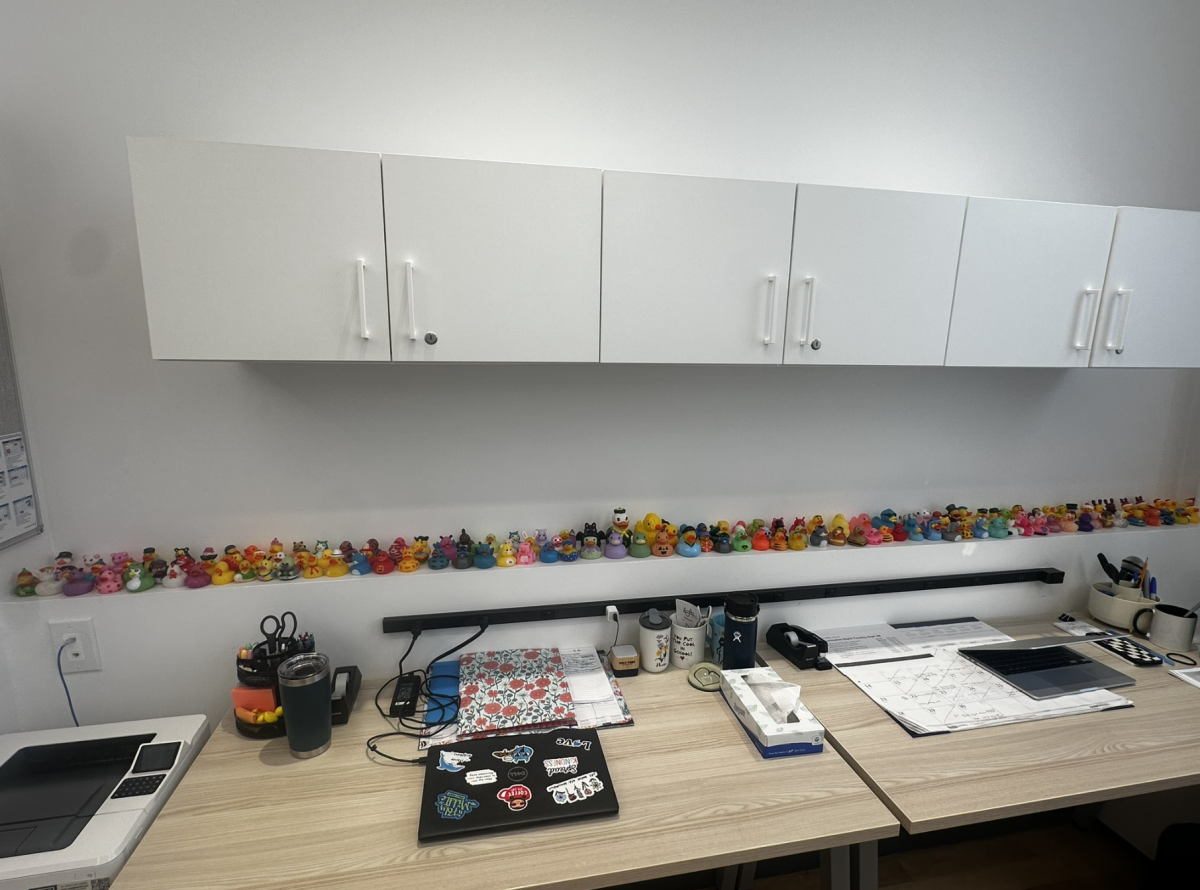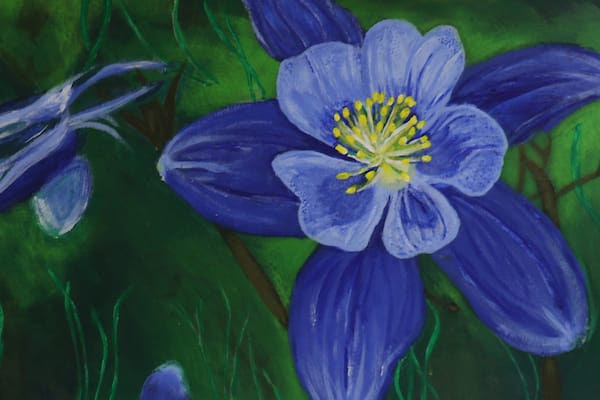For the majority of students in Poly Prep’s Upper School, field trips are a rare opportunity to learn outside the classroom. However, the juniors and seniors in art teacher Laura Coppola’s new American Art History class have the opportunity to experience three field trips to the Brooklyn Museum in just one semester. This course allows students to explore art through both the ‘textbook’ and through in-person immersion as they walk down the halls of the museum to admire the various artworks. Surrounding themselves with various works opens many doors for a deeper understanding of the art and the history behind it.
Poly’s relationship with the Brooklyn Museum began several years ago. Since then, multiple partnership classes have been offered. This collaboration was initiated because Poly wanted to launch a series of “institutional partnerships that were based in Brooklyn.” Poly works with the education department at the Brooklyn Museum for logistics and programming. Another reason Poly selected the Brooklyn Museum’s American Art is because it paired well with how juniors usually study American history. Poly has also worked with specific artists themselves who are located in Brooklyn, including the dance company “STREP.” The school was able to have a walkthrough of the exhibition with the curator before they chose it for the curriculum. Coppola’s class is directly paired with the “Towards Joy” exhibition at the Brooklyn Museum, which seeks to explore American identity through a new lens. Coppola ’95, who is a Poly alumna and returned to Poly in 2014 to teach, describes what a typical class is like, explaining how they “think about some of the concepts that the exhibition composes.” These concepts open questions about “the American identity: How does the American identity show up today? How does it show up in works of art?,” described Coppola. Students also spend a long time thinking about how to actually look at art and ‘read’ it. They learn how “visual observation can help us understand history, storytelling, [and] the American experience.”
The students in Coppola’s new class will benefit greatly from visits to the Brooklyn Museum for many reasons. Coppola emphasizes the difference between looking at art through a screen or book versus actually experiencing it in person, especially in historical context with other works of art. “It also introduces them to the world of museums where it’s a living and breathing institution where all kinds of people work,” she added.
In the class, students will gain skills on how to look at, think and write about art as well. As part of the curriculum, students will complete an interview project where they will look“ at works of art and [invite] a non-expert to participate in the conversation,” shared Coppola. An idea that flows through the exhibition is how to elevate marginalized voices and other voices that have not traditionally had a place in the industry. Students will also be able to experiment with this in their own art-making and curating towards a mini-exhibition project that will showcase the work they have created this semester.
During one of their field trips at the museum, students will create zines, which are artist magazines often used for self-expression in areas such as art, music, or political activism. Zines were originally created because of their ability to be copied and easily distributed, and in short very accessible to the public. This project will open the opportunity to achieve all of this while also being able to juxtapose image and text. Coppola explains how the students will be thinking about “the power of words” and “the power of histories and world traditions” because the class is ultimately centered around storytelling.
Coppola says that what makes this class so special is that art history “as a discipline is interdisciplinary.” It is art and history, and therefore a unique opportunity for students to study American history through the lens of images. As Spencer Udin ’27 describes, the class ultimately teaches students “how art reflects history and culture [while also learning] how to analyze and interpret artworks closely.”

